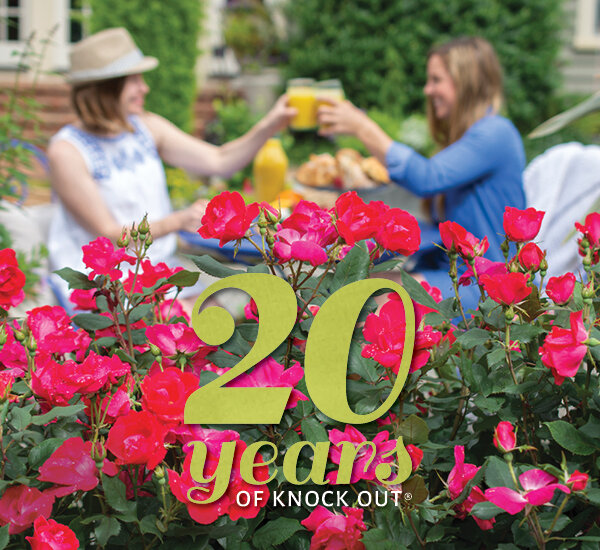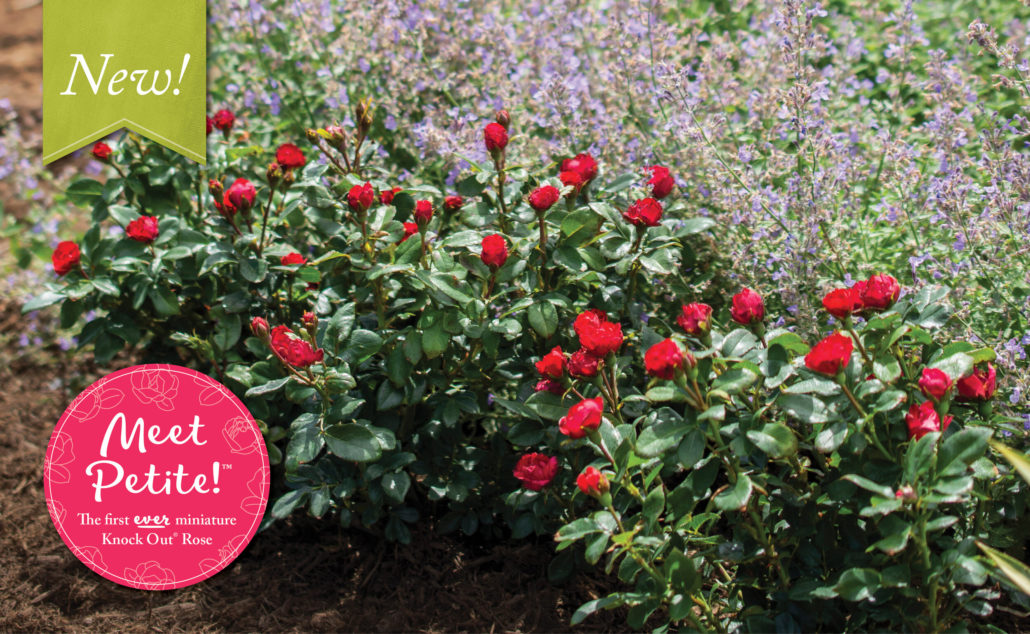
Time to Smell the Roses
June is the Month for the Rose
“What’s in a name? That which we call a rose by any other name would smell as sweet.”- William Shakespeare
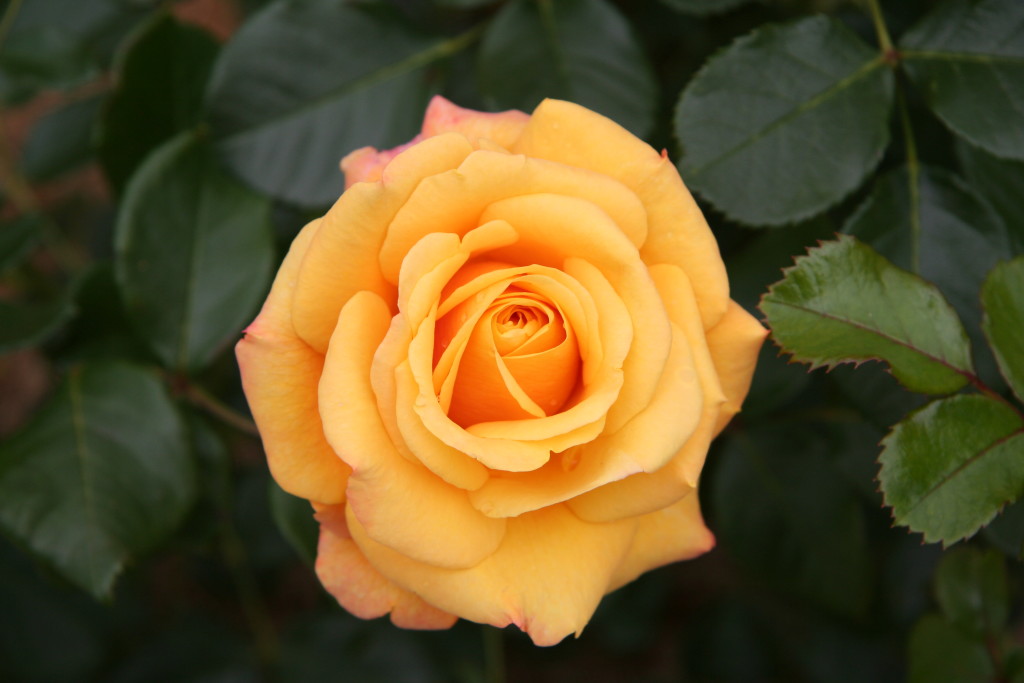
One can not imagine a June garden without the presence of the rose. Whether climbing on an arbor, rambling over wall or fence, as a hedge or a single favorite against a trellis, its charm and allure is the highlight of the June garden. More than any other flower the rose have long been a source of fascination and inspiration for cultures around the world. The rose has captivated and enchanted man’s imaginations. Poets and writers from different culture have been inspired by the beauty and fragrance of the rose, the association of the rose with beauty, romance and perfection dates back to some of the earliest societies and continues to this day.
The 2012 Herb of the Year was the rose. Roses have been valued for centuries for their beauty and fragrance in the garden, but they also have many herbal uses; petals are used in perfumes and cosmetics, and the fruit is used in beverages, supplements, and herbal medicines. From the Classical Era of the Ancient Greeks and Romans to this day no other flower can lay claim to the rich history of tradition, symbolism and reverence that the rose signifies. It is the national flower of England, the floral emblem of our country as well as the state flower of four states. One only has to reflect on the richness of this legacy for a brief period to come up with many of its associations. Before FTD and”say it with flowers” the rose conveyed many sentiments in the popular Victorian fad of composing “tussie mussies” to express a message to a lover or friend. In the Language of Flowers the rose had several meanings depending on its color. A bouquet of red roses, often used to show love, is used as a Valentine’s Day gift in many countries to this day.
A rose is a woody perennial of the genus Rosa, within the family Rosaceae. There are over 100 species. They form a group of erect shrubs, and climbing or trailing plants, with stems that are often armed with sharp prickles. Flowers are large and showy, in colours ranging from white through yellows and reds. Most species are native to Asia, with smaller numbers native to Europe, North America, and northwest Africa. Species, cultivars and hybrids are all widely grown for their beauty and fragrance. Rose plants range in size from compact, miniature roses, to climbers that can reach 7 meters in height. Different species hybridize easily, and this has been used in the development of the wide range of garden roses.[1] _Wikipedia.
A featured article in the Boston Globe Magazine (April 15, 2012) titled “Return of the Rose” by Carole Stocker featured a new book by rosarians Mike and Angelina Chute. In their informative book, Roses for New England: A Guide to Sustainable Rose Gardening, ( www.rosesolutions.net. ) they encourage any of us who were timid about the requirements of growing these wonderful plants to take heart. “The new ones are easier to grow, bloom longer, they’re disease- resistant and little by little their fragrance is returning.” This is great news as many people stopped growing roses because of the pesticides and fertilizers used that resulted in the death of animals, especially birds. Plant breeders have risen to the challenge of developing roses that do not require constant spraying for pests and diseases and we now have many great choices to select from. Significant among these is the Knock Out series which has the added bonus of being a repeat bloomer.
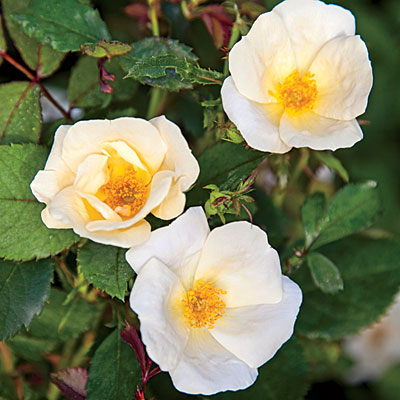
Roses are easy to grow and can stand a lot of neglect – though they do perform best if you give them some loving care.
•Most do best with at least six hours of sun
, rich soil and mulching ( add dehydrated cow manure and peat ) Feeding when coming into flower (as the buds form) Rose Tone scratched into the soil
. Keeping them clear of ‘black spot’ and aphids particularly. ( use an organic product ), reasonable watering ( consider a drip irrigation system on a timer to avoid spraying foliage )
Prune out diseased, dead or damaged branches in early spring.
Among the Chutes’ favorites are All The Rage, Yellow Brick Road, Super Hero, Yellow Submarine, Julia Child, Rhode Island Red, Clair Matin, Knock Out, Pink Knock Out, and Macy’s Pride. I invite you to introduce some roses into your garden for the pure joy of experiencing the sensual pleasure they provide. I also encourage you to visit your favorite local garden center to feast your eyes and treat your nose to the array of roses in all their glorious profusion this month.
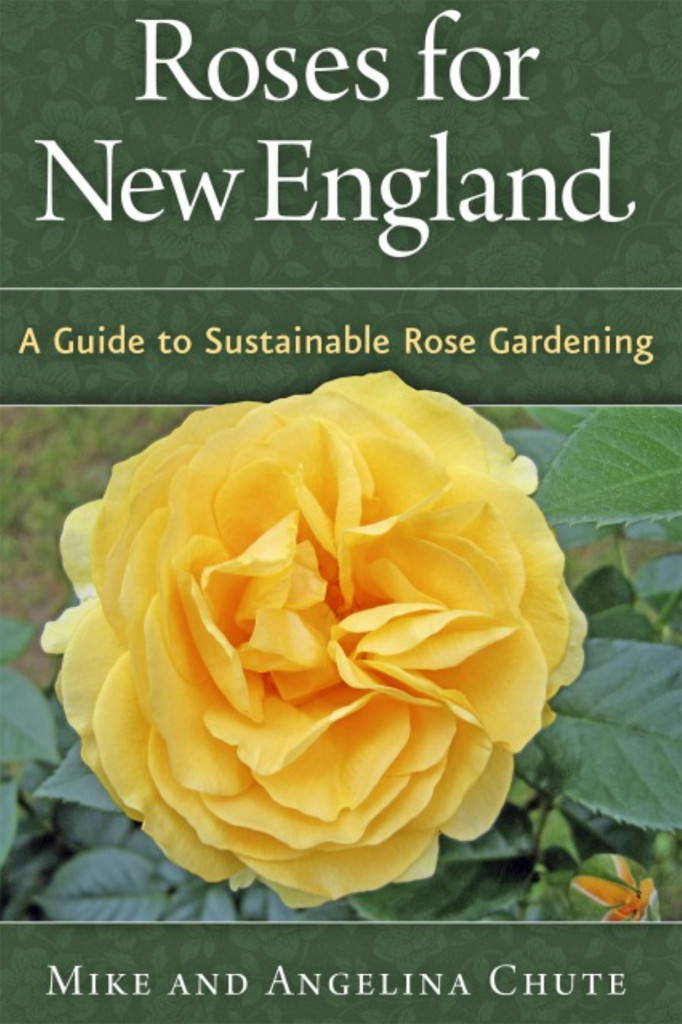
There are many varieties of ‘repeat-blooming’ shrub roses that do exceedingly well on Cape Cod. Many of them are disease-resistant and are not bothered by insect infestation. Check out this resource.
I have had great success with the ‘Knock Out family of roses which continue to pump out blossoms all season long.
